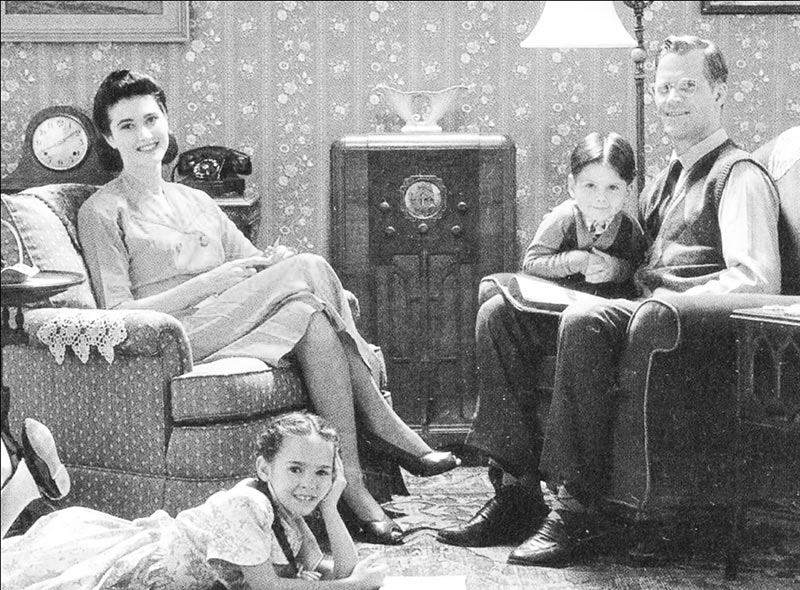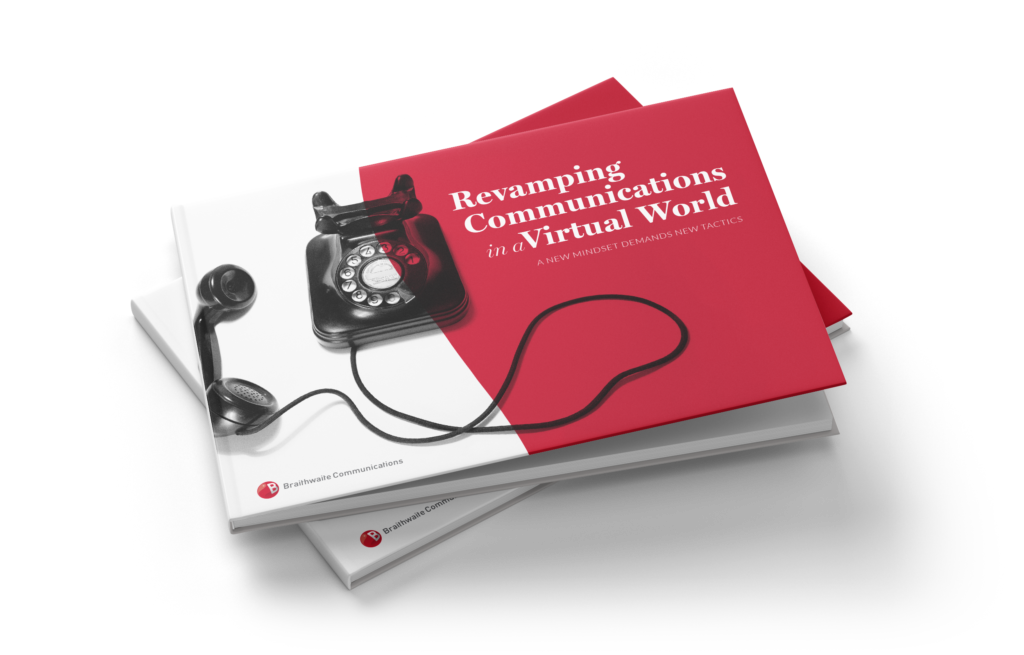2 Min Read
I Love Lucy’s Virtual Marketing Lessons
What can “I Love Lucy” teach companies today about communications in a post-coronavirus world?
In 1940, the average American family spent four hours a day listening to the radio. By 1950, television was gaining momentum as the go-to medium for news and entertainment.
TV networks like NBC began as radio broadcasters. At first, these networks and advertisers weren’t sure what to make of the new visual format. TV was dubbed “radio with pictures.”

So broadcasters went with what they knew worked. They created TV versions of popular radio programs. The number one TV show of 1950 was the Texaco Star Theatre, based on a popular radio variety show of the same name that was in fact based on a live vaudeville act in the 30s. It was essentially a radio show with a camera pointed at it.
All that changed with “I Love Lucy.”

Thinking Beyond the Limitations of Radio
“I Love Lucy” was itself based on Lucille Ball’s successful radio program “My Favorite Husband.” But through equal parts innovation and contract negotiation, the show was the first to think beyond its radio roots.

Ball and Desi Arnaz (her husband in real life and on screen) took a pay cut to shoot the show on film, which translated to a higher quality picture on TV sets at home. It was one of the first shows to use a multiple-camera setup. This new technique allowed for close-ups of Ball’s sidesplitting facial expressions.
The show also recognized when to keep something that worked from the radio format. While most TV shows switched to using a canned laugh track, “I Love Lucy” kept the radio tradition of a live studio audience. Ball and her fellow actors thrived off the energy.
The result was a runaway hit.
In 1953, an episode in which Lucy gives birth was watched by 44 million Americans. The next night, only 29 million people tuned into President Eisenhower’s inauguration.
The show achieved incredible popularity and redefined television shows by offering higher-quality visuals and better capturing great performances. Its TV innovations have come to define three-camera sitcoms. Without “I Love Lucy,” there would be no “Friends.”
Companies Today Face a Similar Inflection Point
Thanks to COVID-19, brands have been forced to rapidly rethink how they connect with audiences in a socially distant world. It’s an unprecedented challenge – and a real opportunity.
Today, most companies are still thinking about radio with pictures. They’re putting a virtual shine on the tactics they already know.
“I Love Lucy” shows the power of more innovative thinking. It starts with identifying the advantages of a new virtual mandate. Today’s virtual tools enable companies to connect with audiences instantly around the world in new and engaging ways. Great brands are rethinking how to use these virtual tools to deliver great content, great marketing and great culture in a remote world.
